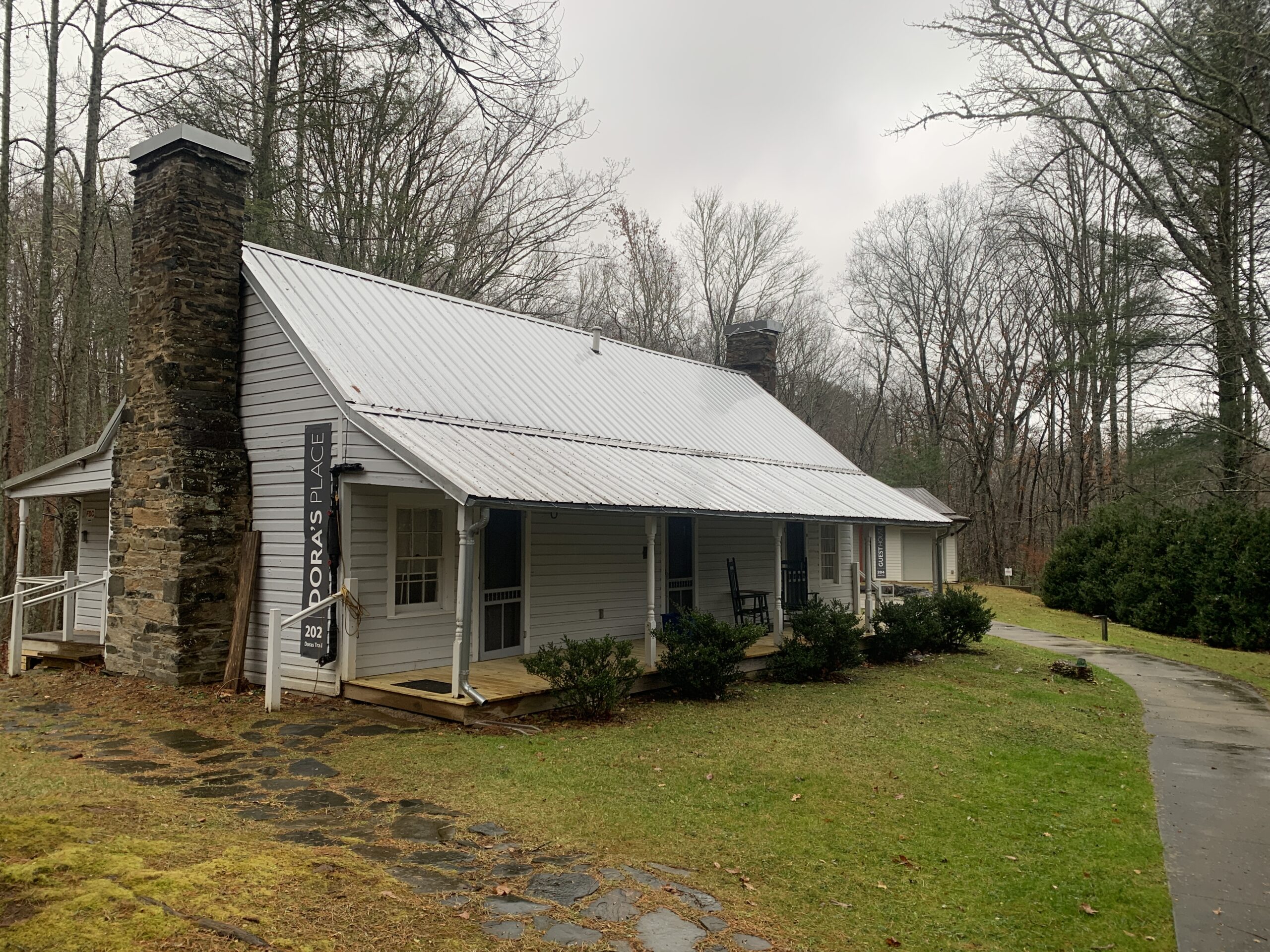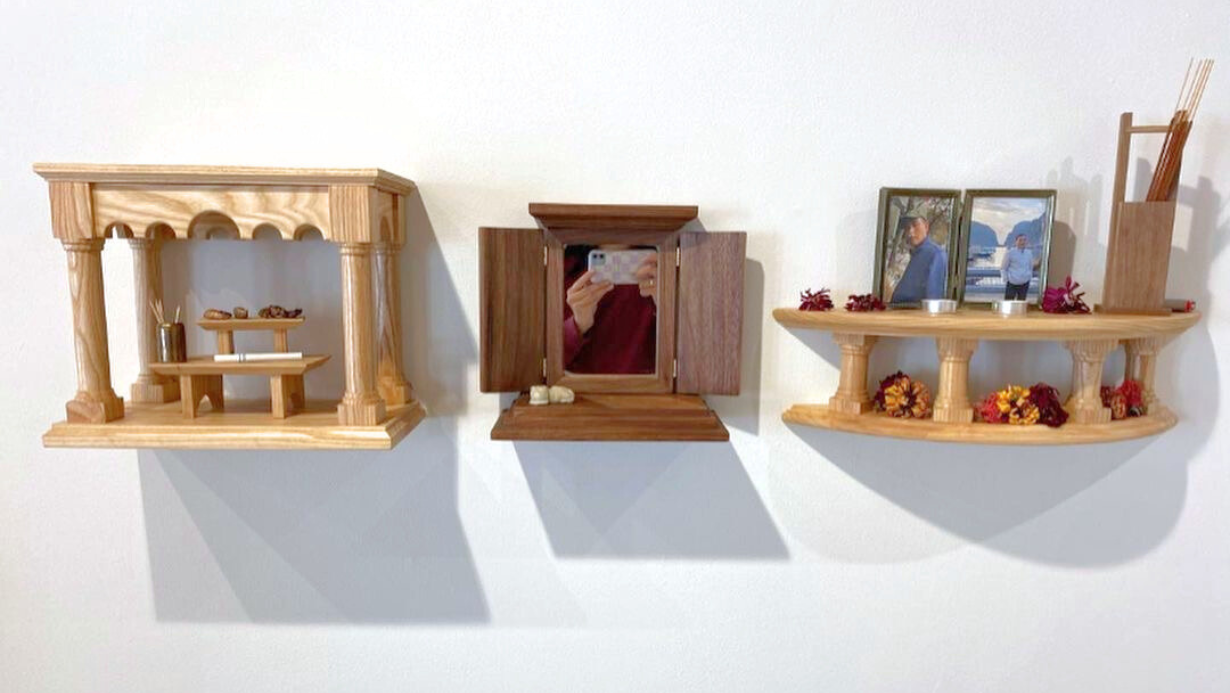 “Calling you from the other side,” Lisa Nguyen, ash, walnut, casted bronze, dolomite mineral, mirror glass, cigarette, 2023
“Calling you from the other side,” Lisa Nguyen, ash, walnut, casted bronze, dolomite mineral, mirror glass, cigarette, 2023
Created in spirit of the altars that can be found in many Vietnamese homes, Penland Core Fellow Lisa Nguyen‘s series, “Calling you from the other side,” is a celebration of the memories of her uncle and cousin, invoking themes of family, friendship, love, and loss. This week, as Lisa leaves Penland having completed two years as a core fellow, we were honored to speak with her about this moving body of work.
INTERVIEW WITH LISA NGUYEN
Can you tell us a little bit about some of the traditions that informed “Calling you from the other side”?
This piece is an altar to represent loved ones who have passed away. Usually in Vietnam, these altars come in a cabinet form where it houses the plates, bowls, utensils, trinkets or small things that the deceased used a lot during their lifetime. Photos of family and records of important dates can also live inside the cabinets, it’s sort of like a time capsule. On top of the cabinet, there will be a photo of the person, incense for sending prayers to heaven and offerings of fruit and some of their favorite foods.
Who is this work dedicated to?
It’s dedicated to both my uncle and my cousin. My uncle and I were really close though. We spent two weeks traveling from Ho Chị Mình city to Hanoi, visiting my moms side of the family, including that cousin.
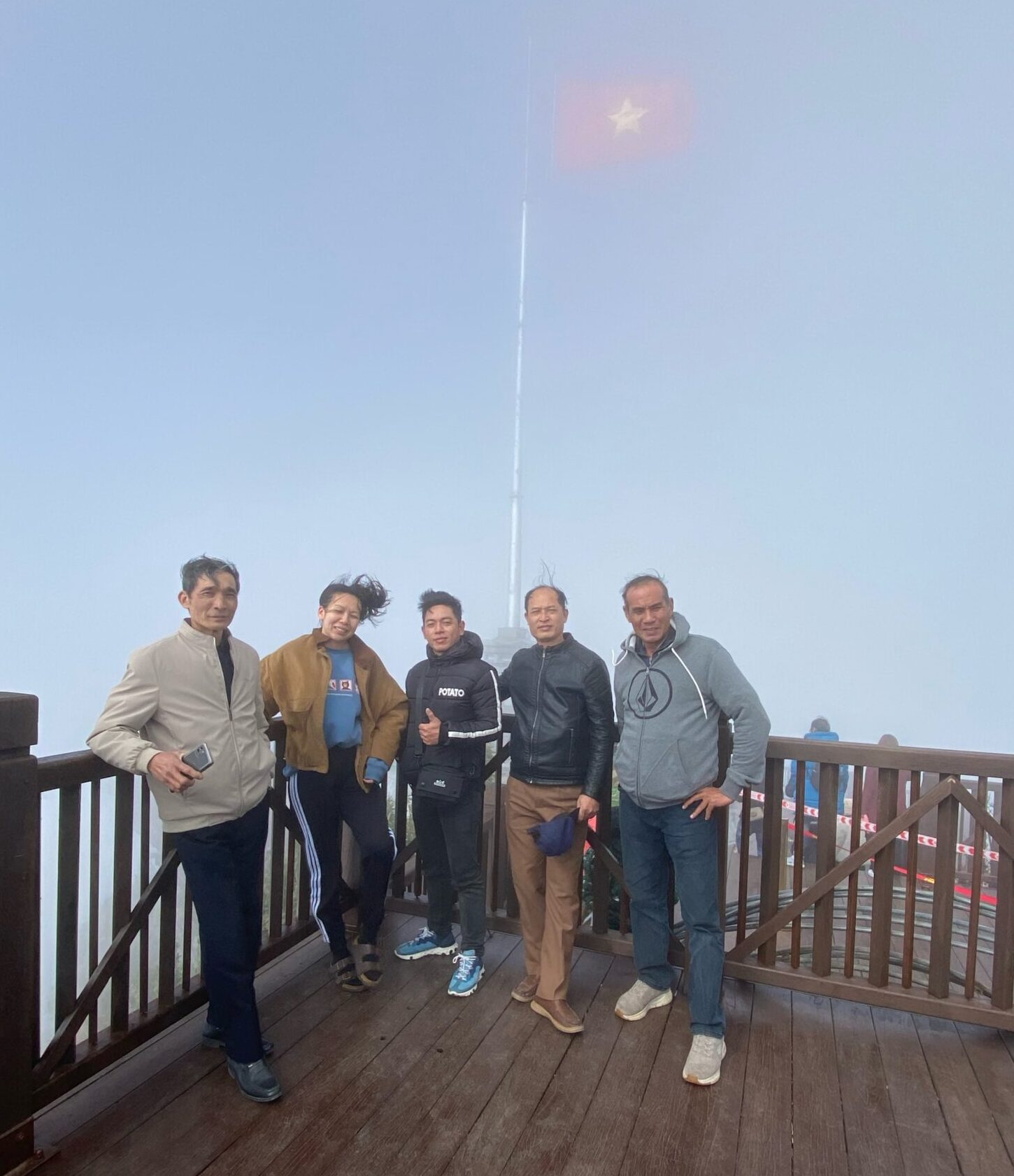 Lisa Nguyen and family members at the top of Fansipan, the highest mountain in the Indochinese Peninsula
Lisa Nguyen and family members at the top of Fansipan, the highest mountain in the Indochinese Peninsula
What do the memories of your uncle and cousin mean to you?
My uncle was a pretty extroverted person. He was unafraid to state his mind and could make friends and conversation wherever he went. Sometimes I couldn’t tell when he was actually being serious or if he was just messing with me. Both my uncle and cousin had a very hard, rough upbringing, they were raised in the North. I think this is why my uncle chose to stay light hearted and humorous. They both taught me that, even though life is hard, one can still choose to bring in laughter and hope to create sweet moments into the world even in times of hardships.
Please tell us more about each piece.
 This is the altar. It holds pictures, incense, and candles. These gestures are a way to greet your loved ones and invoke their to return from the spirit realm to the earthly realm to visit the living.
This is the altar. It holds pictures, incense, and candles. These gestures are a way to greet your loved ones and invoke their to return from the spirit realm to the earthly realm to visit the living.
 This mirror door acts as a telephone portal. The action of opening the door represents calling and wanting to speak or feel the presence of your loved one because you miss them. The mirror is a reminder that they are still with us. Even if we don’t physically see them, their energy is still nearby.
This mirror door acts as a telephone portal. The action of opening the door represents calling and wanting to speak or feel the presence of your loved one because you miss them. The mirror is a reminder that they are still with us. Even if we don’t physically see them, their energy is still nearby.
 This is an altar of offerings. It is a form of mind-training to practice mindfulness when making offerings (mindfulness of their favorite foods and habits while on earth). It is also a way to invite your loved one into the space with offerings.
This is an altar of offerings. It is a form of mind-training to practice mindfulness when making offerings (mindfulness of their favorite foods and habits while on earth). It is also a way to invite your loved one into the space with offerings.
What moved you to make this work?
I decided to make this piece to commemorate my uncle and cousin and the memories we shared when we were together. It was a way for me to remember my trip to Vietnam and how much it impacted me, especially after meeting so many family members for the first time. It’s hard for my family from Vietnam to come and visit and so I think it’s important to not only make time to visit them but also to genuinely get to know them. I think it was the fact that I could speak and understand the Vietnamese language that made our bond super special (though they would tease me of my “accent”. ) It’s pretty normal for first generations to not speak their native language and to assimilate to the western culture, but my parents were really strict growing up. I wasn’t allowed to speak English inside our home. Growing up I hated it, but times like these is when I am very grateful I had to go through that; to be able to communicate and be curious about their upbringings and culture.
How does “Calling you from the other side” fit into the story of your two years as a Penland Core Fellow?
Prior to coming to Penland, I don’t think I truly understood what community or to be part of a community meant. The outside world is pretty harsh but at Penland, I feel the most safe, loved, accepted and appreciated. It feels like home; warm, loved and protected. Penland has taught me to get out of my comfort zone, to be curious about people and most importantly, I learned that there are so many ways to live life and it all comes down to how you perceive it to be.
What are some of the techniques you used?
The columns were turned on the lathe and then my housemate, Brandon cut the glass mirror to fit the dimension I needed. I also casted organic garlic and star anise in bronze. The garlic represents my uncle and his belief that garlic can cure almost everything. Its normal for restaurants to have chili pepper and garlic out and so anytime we went out to eat, my uncle would take extra cloves to keep in his pocket. The star anise represents my cousin. He was born and raised in Hanoi, where Pho originated. It was his favorite dish.
What is next for you?
I’m getting ready to leave the core program and I’ll be heading to NYC to work for some people. It’ll be challenging at first but knowing that Penland will always be home, a place where I can experience it over and over and it still remembers me, makes it a little more exciting to see what I can get myself into.
 Lisa Nguyen, 2022-2023 Penland Core Fellow
Lisa Nguyen, 2022-2023 Penland Core Fellow
It has been a pleasure and an honor to spend two years here at Penland with Lisa during her core fellowship. We look forward to seeing where she goes in the world, and hope she will return often.
Lisa, thank you for sharing this work and the tender memories of your loved ones. Thank you for reminding us that life is short, precious, and beautiful.


 Work by Nydia Blas, finished at Penland
Work by Nydia Blas, finished at Penland Digital negatives used in Nydia’s work
Digital negatives used in Nydia’s work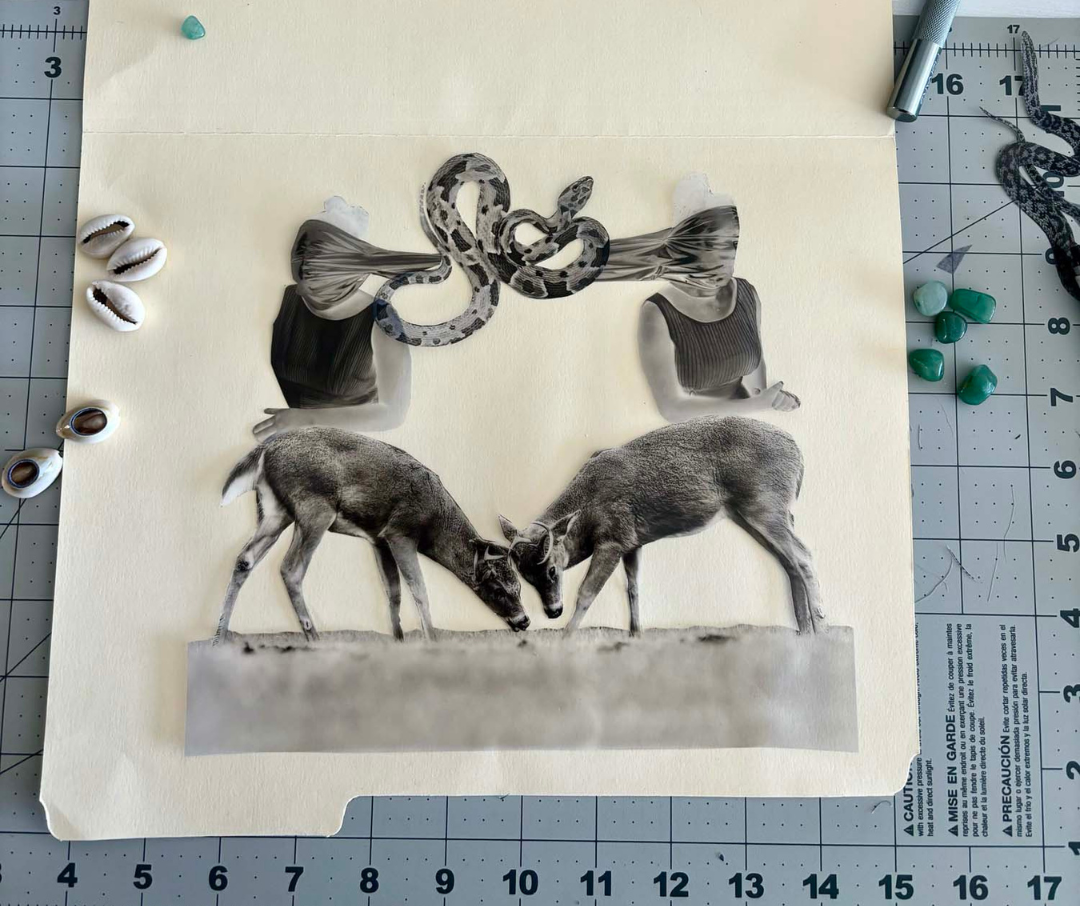




 Nydia Blas
Nydia Blas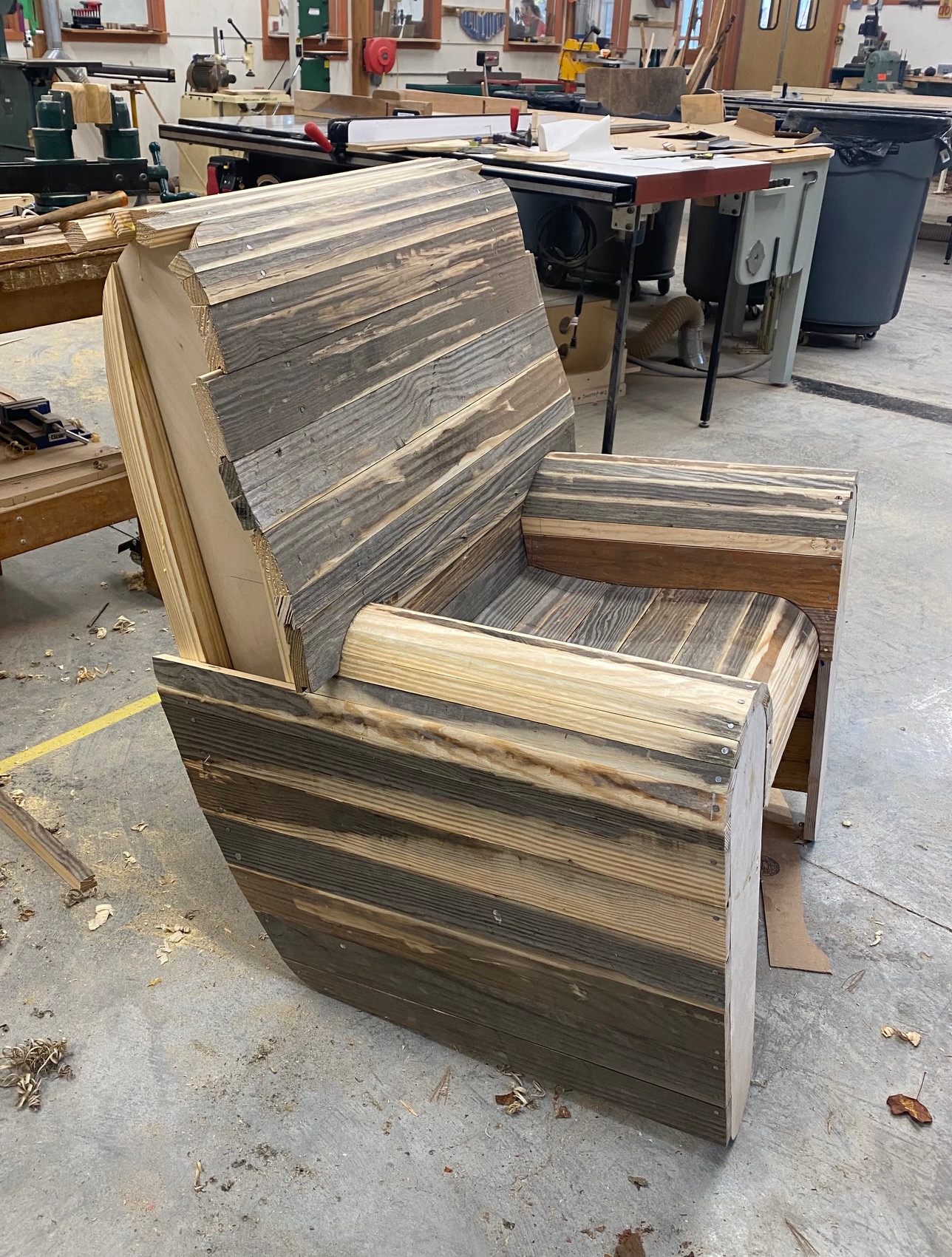
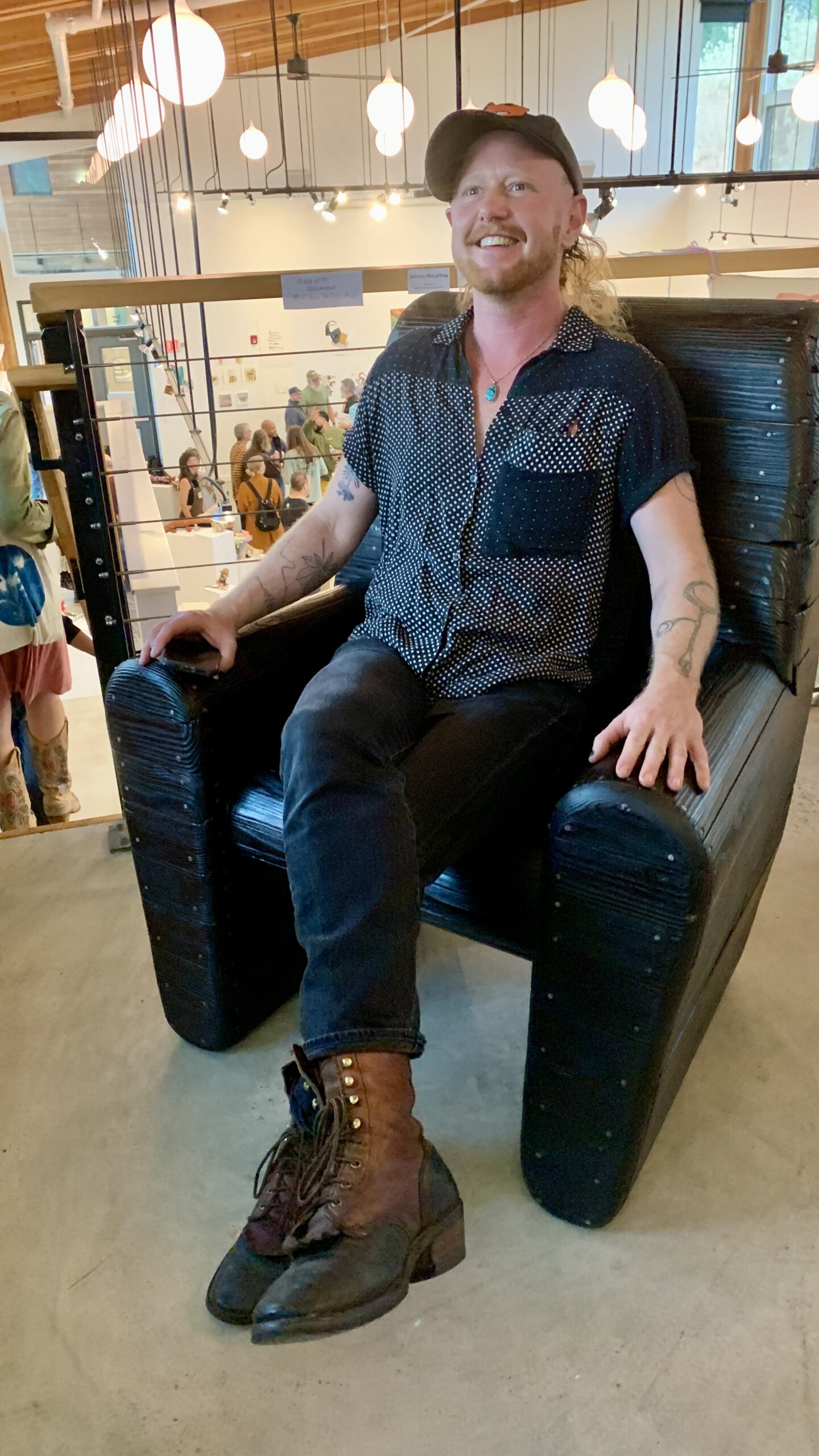 Johnny McCaffrey sits in “Doras.ext” at Show and Tell
Johnny McCaffrey sits in “Doras.ext” at Show and Tell Titled “Doras.ext,” this piece by Johnny McCaffrey was created using reclaimed pine, birch plywood, galvanized nails, and lacquer
Titled “Doras.ext,” this piece by Johnny McCaffrey was created using reclaimed pine, birch plywood, galvanized nails, and lacquer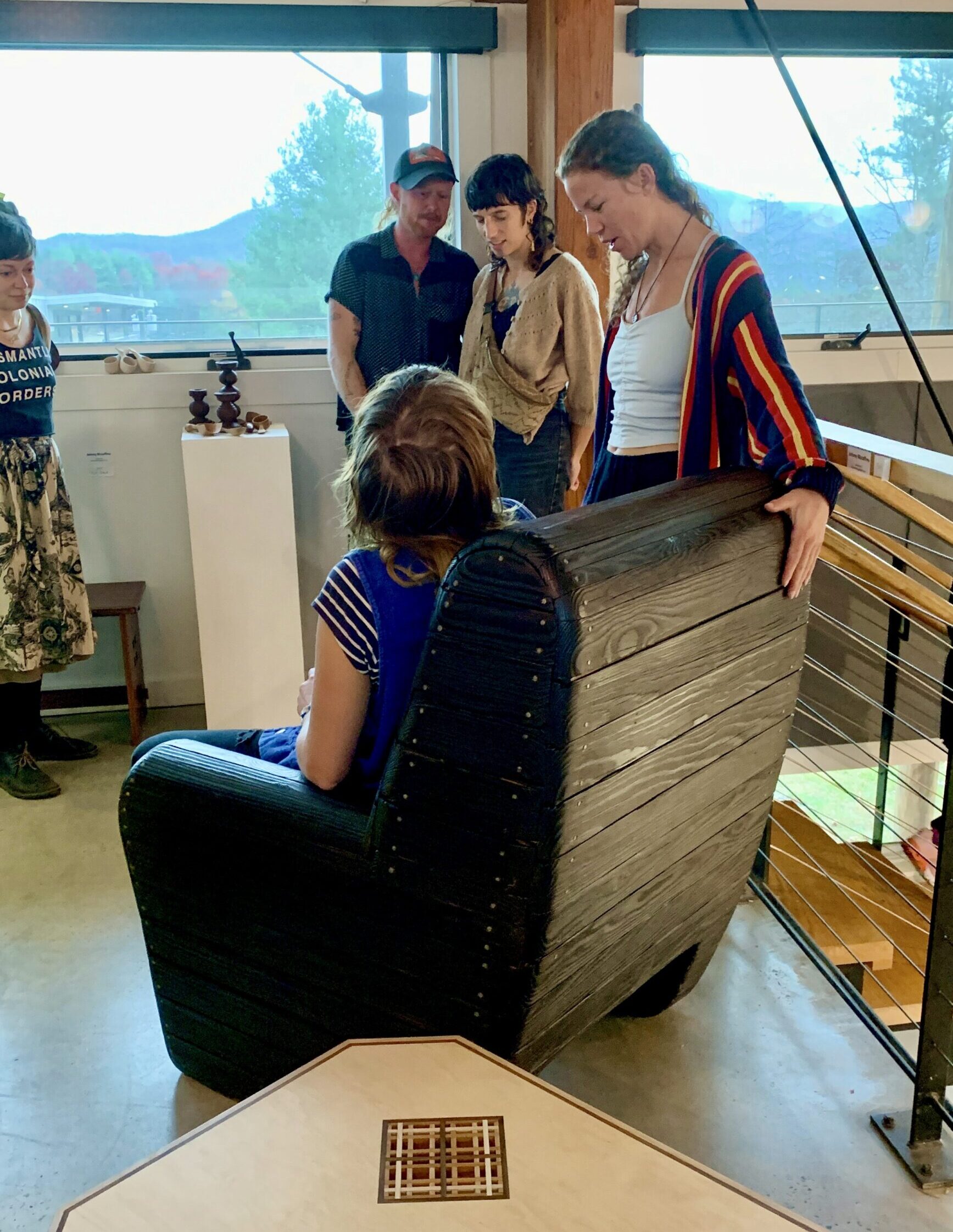
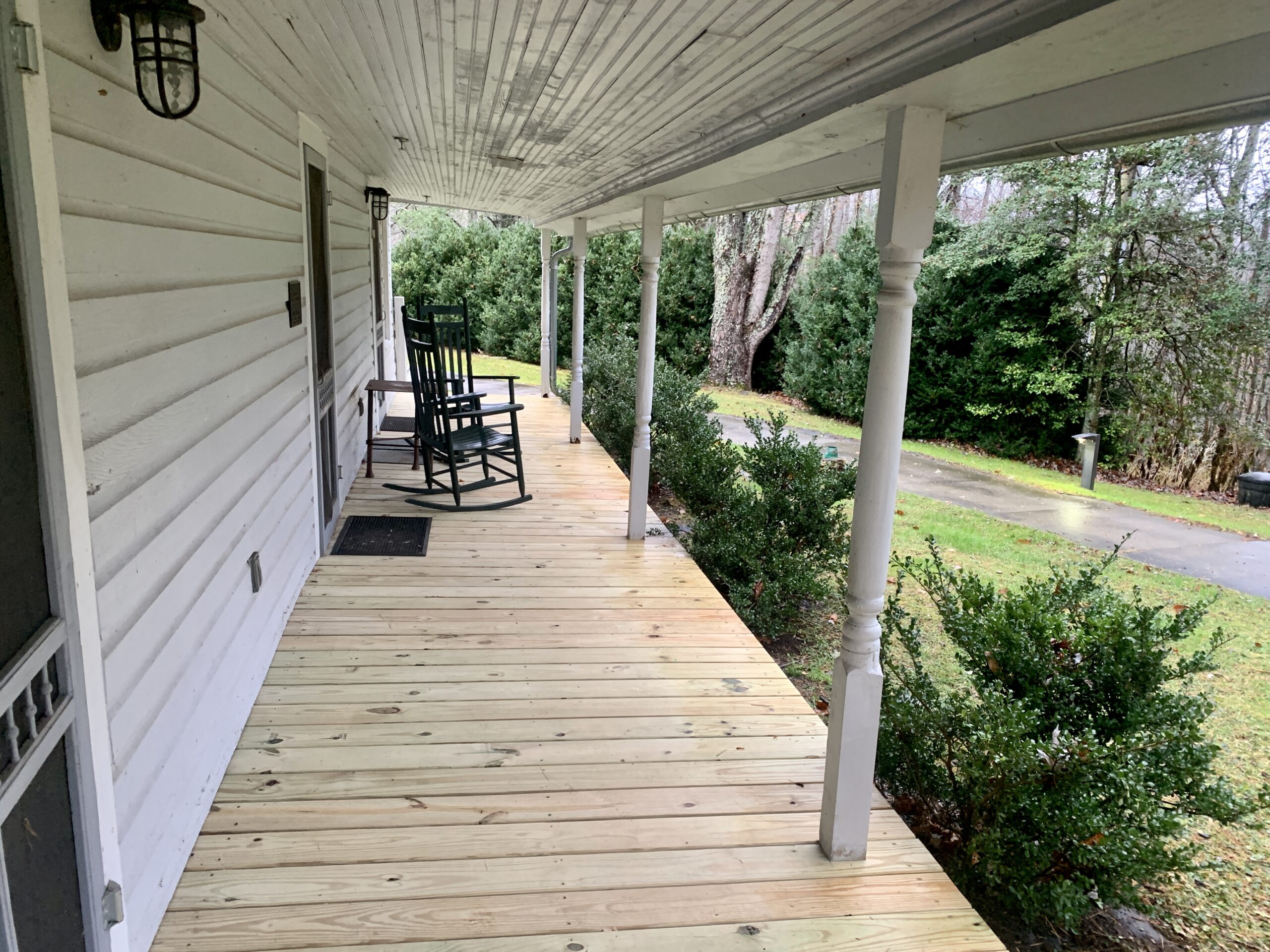 Check out the new porch at Dora’s Place.
Check out the new porch at Dora’s Place.